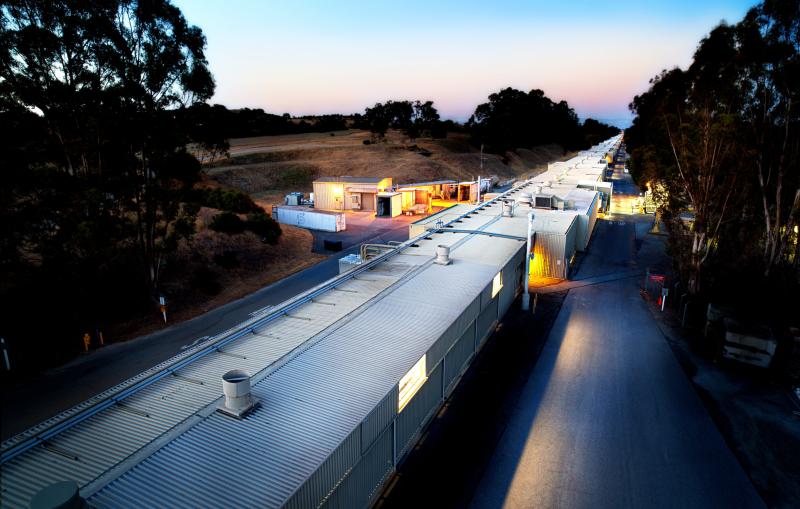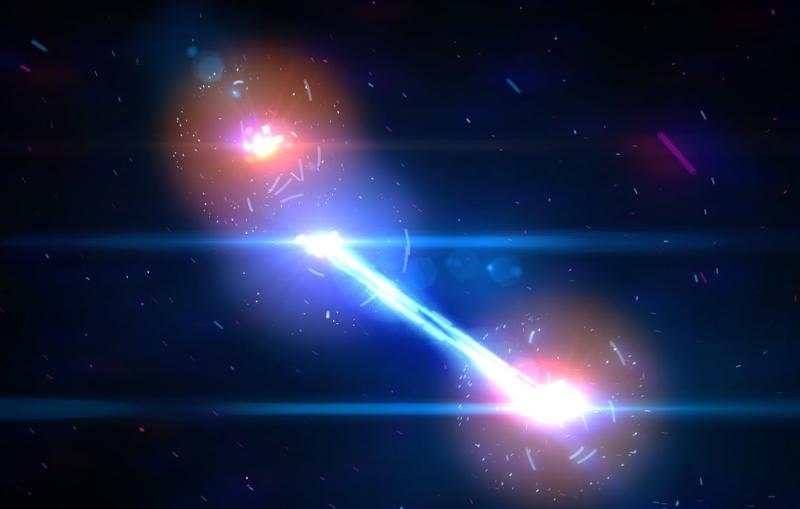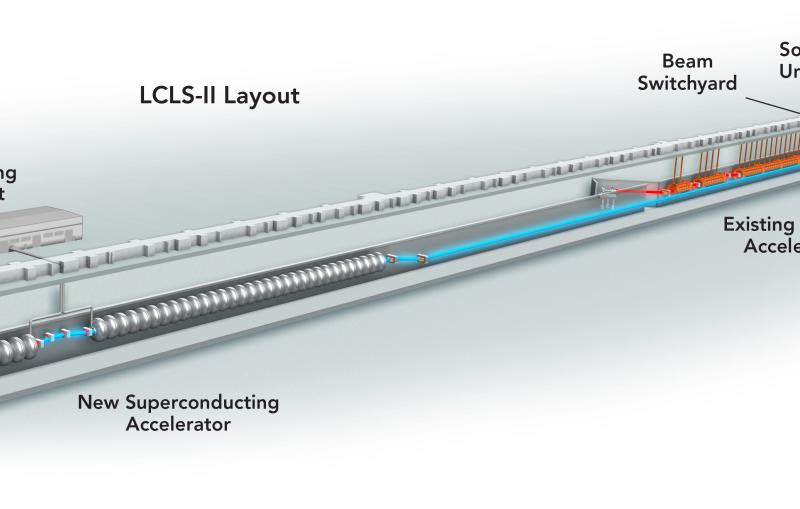

Video
This movie introduces LCLS-II, a future light source at SLAC. It will generate over 8,000 times more light pulses per second than today’s most...


LCLS-II will be a transformative tool for energy science, qualitatively changing the way that X-ray imaging, scattering and spectroscopy can be used to study how natural and artificial systems function. It will produce X-ray pulses that are 10,000 times brighter, on average, than those of LCLS and that arrive up to a million times per second.
Related Link:
LCLS-II



